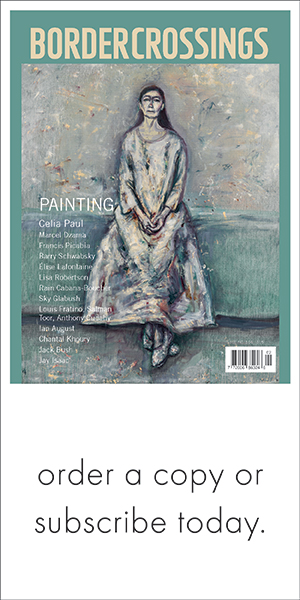The American writer and steadfast naturalist Henry David Thoreau is perhaps best known for his intricate memoir, Walden, from 1854, and his passionate essay “Civil Disobedience,” from 1849. With her latest novel, Followed by the Lark, Helen Humphreys reimagines his relatively short life. The story begins in 1822, when Thoreau was five, and follows him through fictionalized vignettes based on actual events — rarely longer than two pages and sometimes only a few fleeting sentences — until his death from tuberculosis at forty-four.
From a young age, Henry roams around his home in Concord, Massachusetts, delighting in the natural world. He cultivates friendships with mice, sketches obscure plants with Latin names, and follows a skunk as it ambles along —“trying to learn about its skunkness.” When a hummingbird flies into the parlour, it’s a welcome guest. The same goes for the bluebirds that nest by the back door and herald the arrival of every spring...
Michael Strizic was previously managing editor of the Literary Review of Canada.

